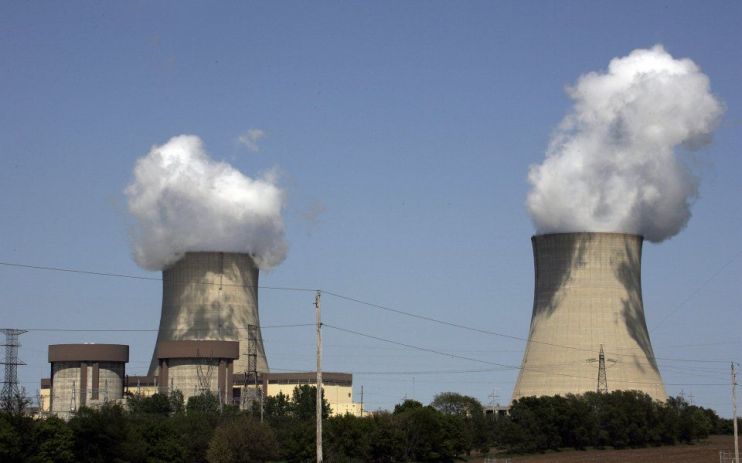Time to go nuclear: a net zero solution to the gas crisis

Last week gas prices soared to record highs and there’s no signs of them falling anytime soon. Prices have surged as the world has emerged from the pandemic; they are now trading at around four times the average of the last decade.
Renewable energy has been the easiest scapegoat and climate sceptics are trying to capitalise on the crisis by claiming a drop in wind speeds has been behind the price surge.
There are a handful of reasons that take the cake before renewables even come into the equation. Firstly, demand is up as reserves are lower than usual across Europe following last year’s cold winter. Next, British gas production in the North Sea fell due to disruption caused by the pandemic. It’s yet to recover and is still down 28 per cent this year from 2020 levels.
Thirdly, the price of carbon allowances traded under the EU Emissions Trading Scheme has more than doubled in the past year to a new all-time-high last month. This has been partly driven by anticipation of reduced gas supply resulting in increased use of coal this winter.
Thanks to geopolitical tensions, Russian gas supply to Europe has been restricted by state-owned Gazprom, in a bid by the Kremlin to push through the opening of the new Nord Stream 2 pipeline.
Other factors are at play too. Five of Britain’s nuclear reactors were undergoing maintenance last week, reducing nuclear capacity by a third, while a fire took the energy interconnector between the UK and France offline.
So it’s true to point to falling wind speeds – by around 0.8m/s in the second quarter of 2020, according to off-shire wind giant Orsted. But this only equates to a decline in wind power of around a quarter – or 4 per cent of Europe’s energy mix – and they have since recovered.
But the blame game is already in full swing. In reality, it’s more of a perfect storm. To deal with the cause of the crisis, we need to be able to look past the hysteria and be pragmatic about the solutions.
Ploughing away at our path towards decarbonisation and net zero is still the right path. It will require us to think seriously about how we create a stable base from which our renewable future can grow, and eventually be the dominant force.
In the short term, there is a continued role for gas in our energy ecosystem, even as we reduce our dependence on it. We need to shore up our supplies and increase the resilience of our access to gas from the North Sea and reduce our reliance on foreign powers to meet our energy needs.
In the longer run, we need new nuclear capacity. This will replace capacity set to be taken offline over the next decade and ensure we have a stable flow of low-carbon generation.
The Government is reportedly considering backing a Rolls-Royce led consortium to build 16 new small modular reactors (SMRs). These generate around a seventh of a typical nuclear plant, but are much cheaper and simpler to build. Many of the pitfalls of traditional nuclear power, such as increased flexibility to scale up and down to meet energy needs, can be tackled by SMRs. They could form a backbone part of Britain’s energy plan.
Many feel squeamish at the notion of nuclear power. Popular TV series on Chernobyl have done little to bolster public confidence in it. But it is overwhelmingly safe – we have relied on nuclear energy for decades. Elsewhere, nuclear accounts for roughly 70 per cent of France’s energy needs.
This gas crisis is a painful reminder of the vital importance of energy security. But if it has done nothing else but force the pace on nuclear, it will have served a valuable purpose.